THE DIVISION OF NATURE (PERIPHYSEON) (in Part)
THE DIVISION OF NATURE (PERIPHYSEON) (in Part)
THE DIVISION OF NATURE (PERIPHYSEON) (in Part)
You also want an ePaper? Increase the reach of your titles
YUMPU automatically turns print PDFs into web optimized ePapers that Google loves.
John Scotus Eriugena<br />
Periphyseon<br />
It is also on these grounds that every order of rational or <strong>in</strong>tellectual creatures is<br />
said to be and not to be: it is <strong>in</strong> so far as it is known by the orders above it and<br />
by itself; but it is not <strong>in</strong> so far as it does not permit itself to be comprehended<br />
by the orders that are below it.<br />
III. The third mode can suitably be seen <strong>in</strong> those th<strong>in</strong>gs of which the visible<br />
plenitude of this world is made up, and <strong>in</strong> their causes <strong>in</strong> the most secret folds<br />
of nature, which precede them. For whatsoever of these causes through<br />
generation is known as to matter and form, as to times and places, is by a<br />
certa<strong>in</strong> human convention said to be, while whatsoever is still held <strong>in</strong> those<br />
folds of nature and is not manifest as to form or matter, place or time, and the<br />
other accidents, by the same convention referred to is said not to be. Clear<br />
examples of this mode are provided over a wide range (of experience), and<br />
especially <strong>in</strong> human nature. Thus, s<strong>in</strong>ce God <strong>in</strong> that first and one man whom<br />
He made <strong>in</strong> His image established all men at the same time, yet did not br<strong>in</strong>g<br />
them all at the same time <strong>in</strong>to this visible world, but br<strong>in</strong>gs the nature which<br />
He considers all at one time <strong>in</strong>to visible essence at certa<strong>in</strong> times and places<br />
accord<strong>in</strong>g to a certa<strong>in</strong> sequence which He Himself knows: those who already<br />
[are becom<strong>in</strong>g, or] have become visibly manifest <strong>in</strong> the world are said to be,<br />
while those who are as yet hidden, though dest<strong>in</strong>ed to be, are said not to be.<br />
Between the first and third (mode) there is this difference: the first (is found)<br />
generically <strong>in</strong> all th<strong>in</strong>gs which at the same time and once for all have been<br />
made <strong>in</strong> (their) causes and effects; the third specifically <strong>in</strong> those which partly<br />
are still hidden <strong>in</strong> their causes, partly are manifest <strong>in</strong> (their) effects, of which <strong>in</strong><br />
particular the fabric of this world is woven. To this mode belongs the<br />
reason<strong>in</strong>g which considers the potentiality of seeds, whether <strong>in</strong> animals or <strong>in</strong><br />
trees or <strong>in</strong> plants. For dur<strong>in</strong>g the time when the potentiality of the seeds is<br />
latent <strong>in</strong> the recesses of nature, because it is not yet manifest it is said not to be;<br />
but when it has become manifest <strong>in</strong> the birth and growth of animals or of<br />
flowers or of the fruits of trees and plants it is said to be.<br />
IV. The fourth mode is that which, not improbably accord<strong>in</strong>g to the<br />
philosophers, declares that only those th<strong>in</strong>gs which are contemplated by the<br />
<strong>in</strong>tellect alone truly are, while those th<strong>in</strong>gs which <strong>in</strong> generation, through the<br />
expansions or contractions of matter, and the <strong>in</strong>tervals of places and motions<br />
of times are changed, brought together, or dissolved, are said not to be truly, as<br />
is the case with all bodies which can come <strong>in</strong>to be<strong>in</strong>g and pass away.<br />
V. The fifth mode is that which reason observes only <strong>in</strong> human nature, which,<br />
when through s<strong>in</strong> it renounced the honour of the div<strong>in</strong>e image <strong>in</strong> which it was<br />
properly substantiated, deservedly lost its be<strong>in</strong>g and therefore is said not to be;<br />
but when, restored by the grace of the only-begotten Son of God, it is brought<br />
back to the former condition of its substance <strong>in</strong> which it was made after the<br />
image of God, it beg<strong>in</strong>s to be, and <strong>in</strong> him who has been made <strong>in</strong> the image of<br />
God beg<strong>in</strong>s to live. It is to this mode, it seems, that the Apostle's say<strong>in</strong>g refers:<br />
"and He calls the th<strong>in</strong>gs that are not as the th<strong>in</strong>gs that are"; that is to say, those<br />
who <strong>in</strong> the first man were lost and had fallen <strong>in</strong>to a k<strong>in</strong>d of non-subsistence<br />
God the Father calls through faith [<strong>in</strong> His Son] to be as those who are already<br />
reborn <strong>in</strong> Christ. But this too may also be understood of those whom God<br />
4



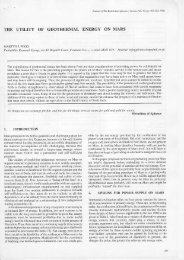
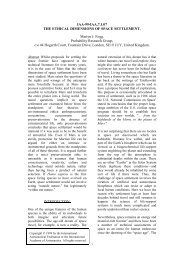
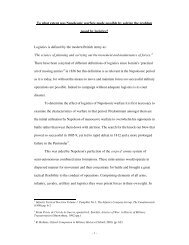

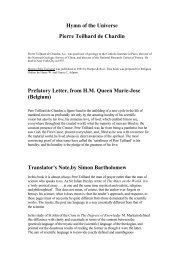
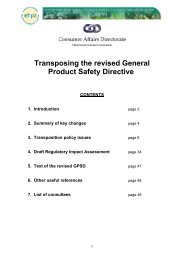
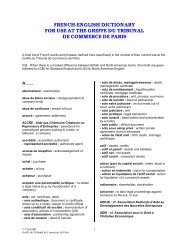

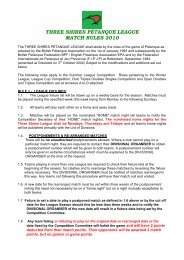
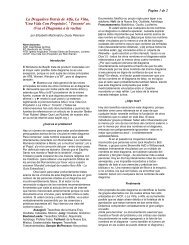
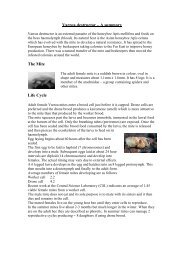

![Tibetan Herbal Medicine Core Curriculum [PDF]](https://img.yumpu.com/32594566/1/184x260/tibetan-herbal-medicine-core-curriculum-pdf.jpg?quality=85)
